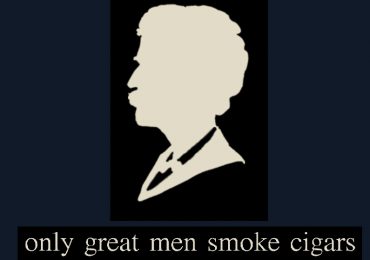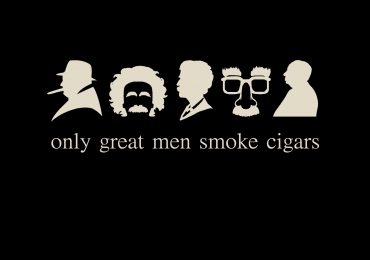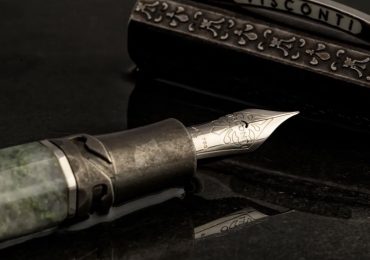In the case of Albert Einstein, it is no hyperbole to claim that his legacy decisively changed the course of modern science and human history respectively. It is remarkable to consider the impact a single mind has had challenging ironclad scientific orthodoxies, revolutionizing the way humanity would perceive their realities. Only this scientist has managed to render the conceptually complex mass energy equivalence formula, e = mc2 into ubiquity recognized by every layman the world over.
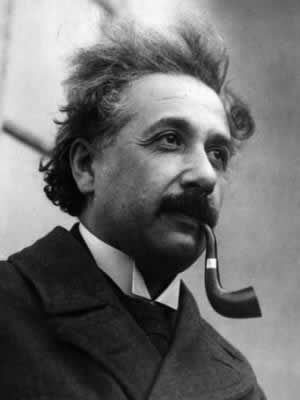
For Einstein it appears that just as much literature has been dedicated to examining his scientific discoveries as has been made in trying to trace the inner workings of his brain in attaining such revelatory scientific breakthroughs. Einstein’s personal habits, hobbies, eccentricities provide major insights into not only his creative process but also his famously benevolent character. It is in this arena that we can truly appreciate the special place the scientist kept for his tobacco pipe. The relevance of the pipe to Einstein is worth some investigating, the artifact provides a road map of sorts into the ideal circumstances he would reproduce for his famous thought experiments.
It is reported by Barbara Wolff, former Archivist at the Albert Einstein Archives (1995-2016) that in fact Einstein as a young man smoked cigars. At the time, he was able to afford only cigars of a rather poor quality. He then switched to pipe smoking, for which this article is largely focused on.
Since the Smithsonian acquired Einstein’s modest chewed up briar pipe in 1979, it has been the single most sought after item in the museums’ entire modern physics collection. Being constantly on loan to other museums, there is no denying the firm association between the famously non-materialistic genius and his pipe. The iconic photos pairing the man’s consistently inquisitive and searching gaze with the briar dangling from his mouth, naturalize the pipe psychically as an essential part of the aura of scientific genius. This is perhaps why his humble weathered tobacco pipe carries such an allure to this day, as an object that humanizes the man, and renders him familiar to those that are rightfully intimidated by the terms “quantum theory”.
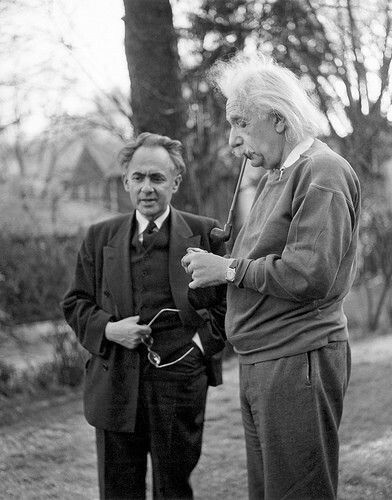
For someone so concerned with conserving his time and cerebral activity for scientific pursuits, a fair bit of it was given to the upkeep of his tobacco pipe.
His humble straight stemmed billiard briar made by a little-known manufacturer indicates his famously non-materialistic mannerisms. The fact that the briar is one of the very few remaining personal objects tying the present to this very particular genius, foreshadows the large role it’s played in his life. Einstein resisted wearing socks, and shunned the decision fatigue associated with fashion opting to wear various identical ill-fitting grey suits instead. His strategy was concerned with curbing the mental energy required on fickle extraneous decisions, his uncombed hair and endearing disheveled appearance a side effect of this philosophy. For someone so concerned with conserving his time and cerebral activity for scientific pursuits, a fair bit of it was given to the upkeep of his tobacco pipe.
Einstein was inaugurated as a lifetime member of the Montreal Pipe Smoking Club
Einstein famously declared “Pipe smoking contributes to a somewhat calm and objective judgment of human affairs” upon being inaugurated as a lifetime member of the Montreal Pipe Smoking Club in 1950. This quotation is oft-cited not only due to its author, but because of the succinct description of the meditative quality of pipe smoking that fellow enthusiasts can relate to. For Einstein tobacco was his muse, the smoke the solitary accompaniment for his famous daydreams or thought experiments that germinated into his most ground-breaking work in 1905, a year described as his “miracle year”.
During this period, long before achieving international acclaim, Einstein was working as a lowly patent clerk in Bern Switzerland, reviewing patents for inventions submitted to the Swiss government. It was in the thick of this tedious work that Einstein developed his skills as a physicist, quickly reducing countless complex patent submissions into simple formulas and equations. It was in this patent office that the perpetually puffing Einstein developed a sixth sense for pictorially reducing life’s unexplained phenomena through the hieroglyphic form of the mathematical equation. The young Einstein would gaze from his 3rd story window contemplating natural phenomena, coming up with revelations on the nature of light, the existence of atoms, and the incredible energetic potential of mass. His pipe the only witness of his deep contemplations and the revolutionizing reflections that would mark the object, he drew his life-breath from.
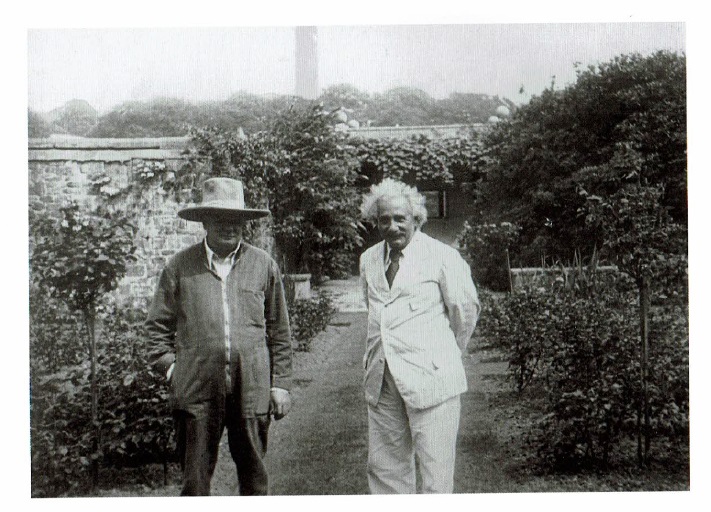
This connection is often more literal with his pipe acting as an allegorical conduit for his scientific discoveries. For instance, in his ground-breaking paper on Brownian movement, explaining the patterns of movement of tiny particles in gases or liquids, the dance of pipe smoke was used as the example cementing the existence of atoms and molecules. Indication of his pipe never being far from his mind may be seen in his famous Zebra puzzle, a complex logic problem meant to dissuade his students from asking him to be their advisor. Reportedly boasting a 98% failure rate, the puzzle, among other factors, includes 5 men of 5 different nationalities and 5 preferred tobacco brands.
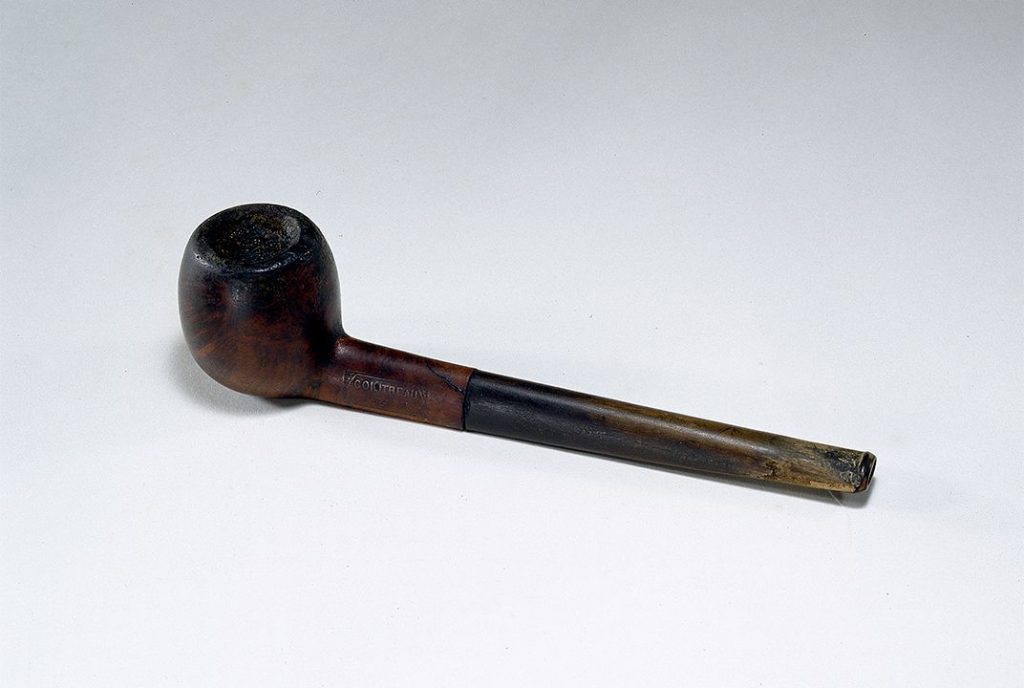
From analyzing the man’s biography we can deduce the pleasure he took from his pipe through the psychological term “transient hypnofrontality”. This obscure term is readily found in literature analyzing the world’s greatest minds. The term refers to the respite and clarity of thinking that a simple activity can have following high-octane cerebral activity in the brain’s frontal lobes. The phenomenon suggests a simple activity (in the case of Einstein, pipe smoking) can prompt new holistic methods of organizing thoughts that can lead to creative insights that would be impossible to reach had one stayed seated at the work desk instead. As every experienced pipe-smoker can attest to, the ritual of packing, lighting and tamping tobacco is imbued with a meditative disposition. An action that is just as much instinctual as it is deliberate. Einstein was no stranger to this automated movement just as he was no stranger to the psychological phenomena that accompanied it, as he puffed away in daydream contemplating the mysteries of existence. A famous daydream of his was imagining himself riding on a bus travelling at light speed while fixated on the behavior of the minute hand of the iconic Bern clock tower. One cannot imagine this thought experiment unclouded by his cherished blend of revelation pipe tobacco, and without the operation of a psychological phenomena that would turn a wayward daydream into his earth-shattering theory of relativity.
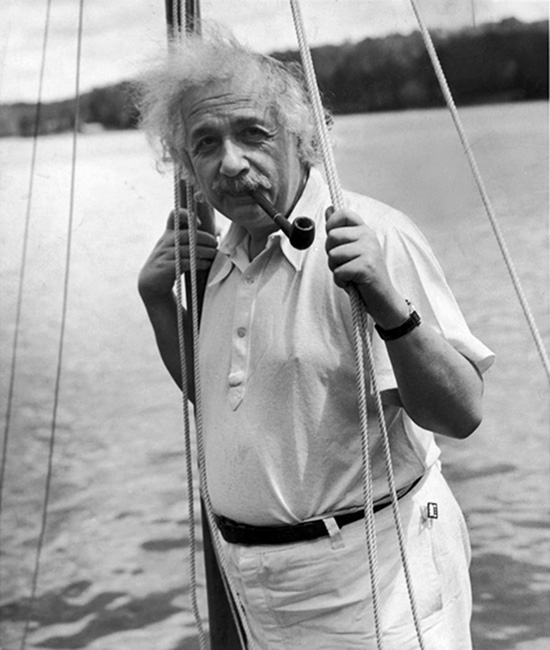
With this in mind it is no wonder his perpetually on-loan pipe from the Smithsonian has become a talisman of his scientific genius. Before long, the tobacco pipe takes on the personality of its owners, through the teeth marks on the stem, the highly personalized smoking habits and residue of favorite blends leaving a palimpsest like char coating the inside of the chamber. Upon falling overboard into the sea, Einstein was famously plucked out of the water, pipe still in mouth. As enthusiastic as he was lousy, Einstein never managed to master the art of sailing despite having 50 years of experience. For this genius, very few things warranted the deliberate mental attention needed to learn a new skill outside the realm of scientific pursuit. After all, we could understand his sailing as just being a way to escape the noise of civilization, distracting him from the scientific revelations he sought. Of all the things that did not warrant his attention; sailing, fashion, socks….his pipe and his tobacco was never one of them.
READ the next part in our series, Alfred Hitchcock. PREVIEW:
To this day, few film directors have had their careers as closely researched and scrutinized as that of the master of suspense, Alfred Hitchcock. With enough time elapsed since his death in 1980, his legacy on film seemingly cannot be overstated with movies to this day described as “Hitchcockian”, and with reference to films such as “Psycho” and “Vertigo” being a naturalized part of the pop culture lexicon. Known primarily for his work introducing a new film language that would revolutionize the genres of the thriller, suspense and horror, his status as a lifelong aficionado of Habanos has been given little to no attention. However as one of the most famous film directors of all time, his cigar smoking could….continue reading
——————————————————————————————————————–
In conjunction with our great men series, we are proud to introduce this t-shirt available on our online shop, featuring the silhouettes of Churchill, Einstein, Twain, Marx, and Hitchcock. Pick one up on www.FourteenNinetyTwo.com





